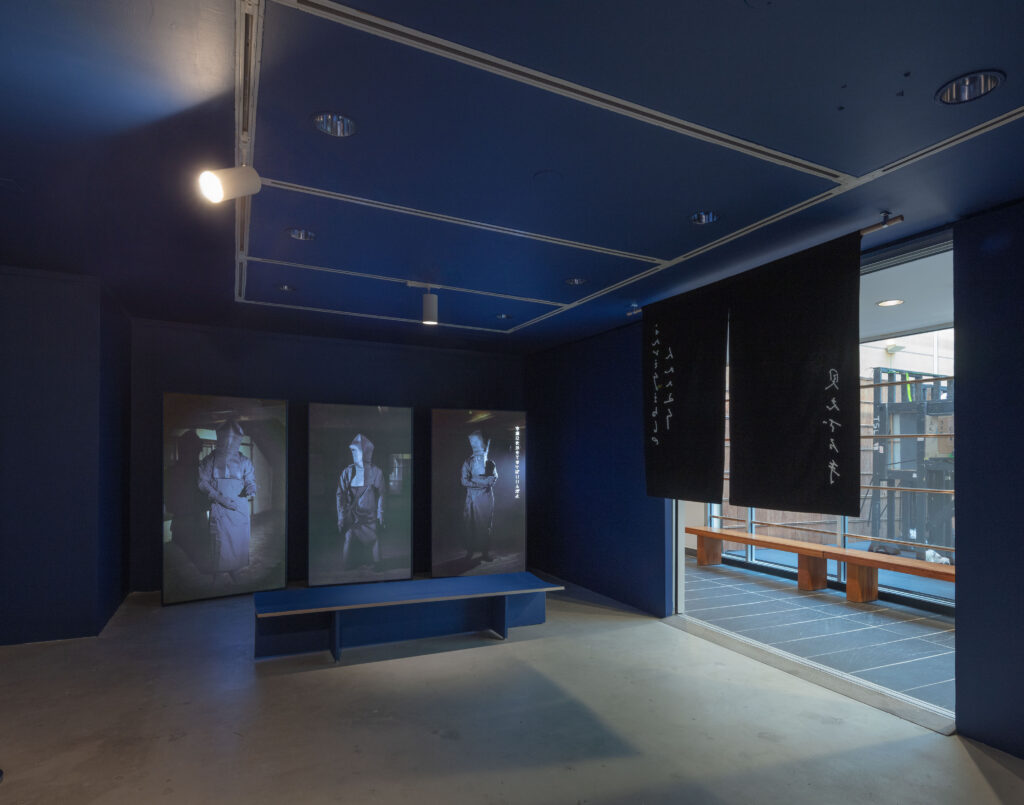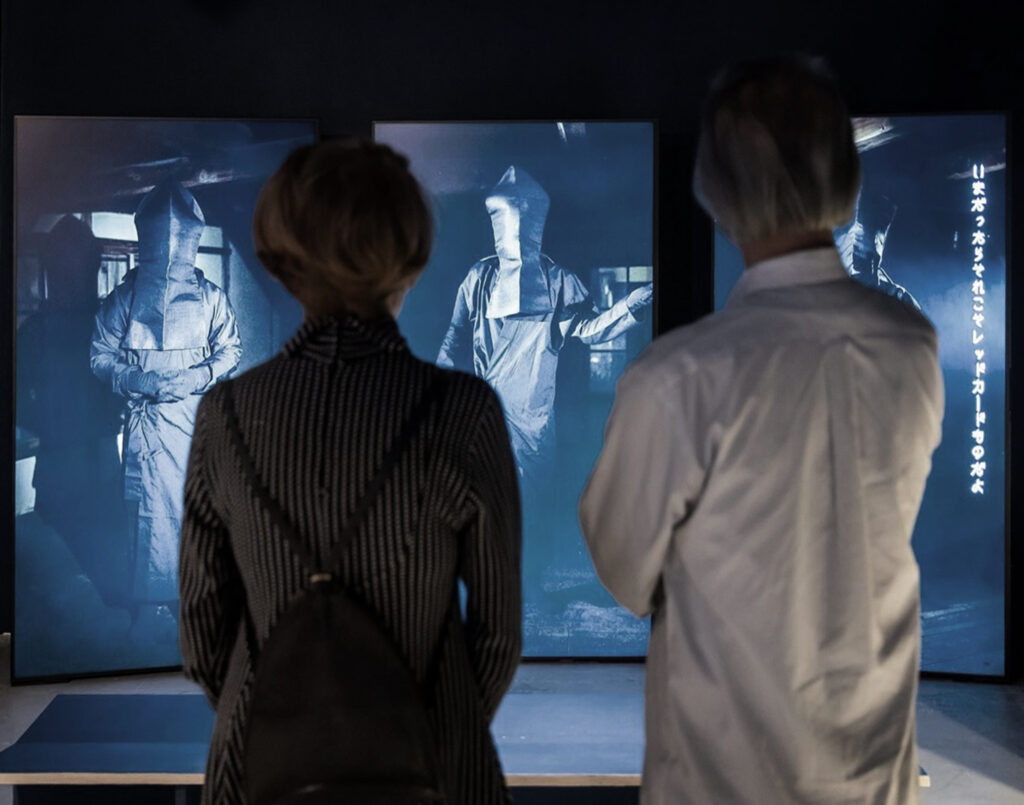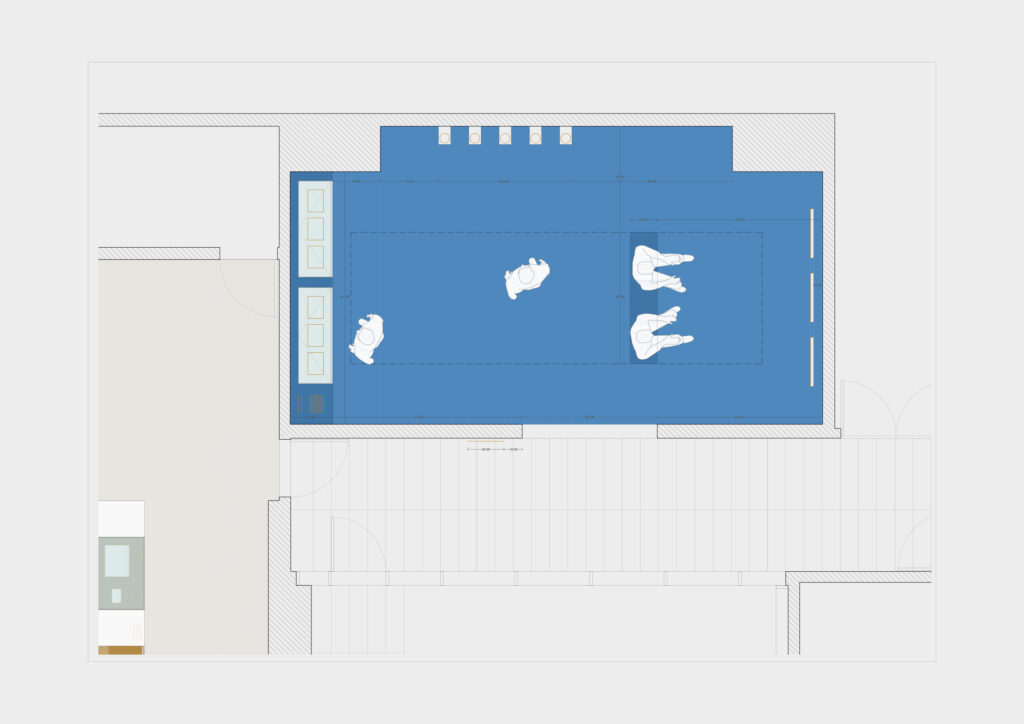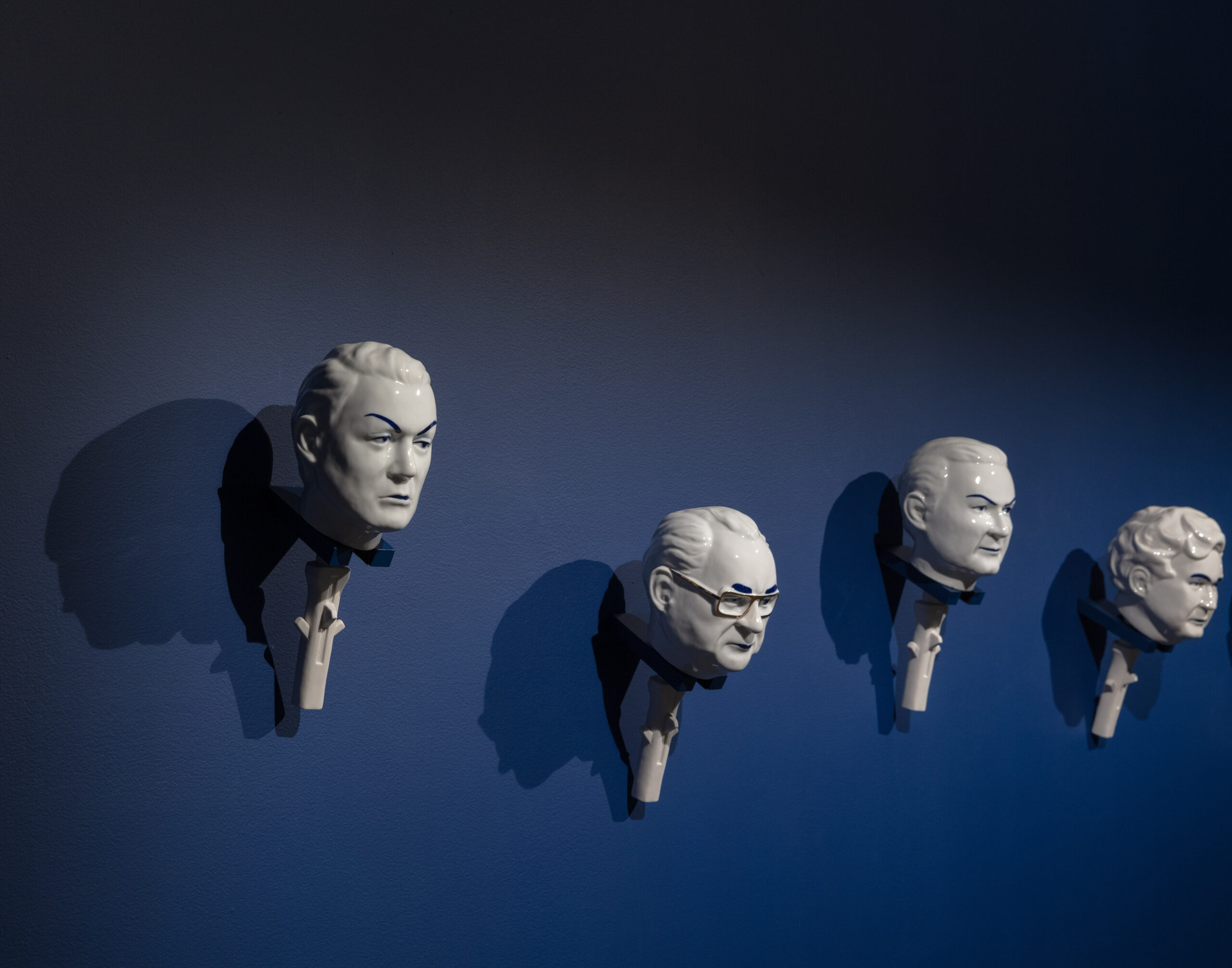Invisible Hands
Japan Society, New York City, 2024
Clients: Japan Society
Curator: Dr. Michele Bambling
Senior Gallery Director
Research: Naomi Kuromiya
Senior Research Associate
Exhibition Logistics: Stefani Oh
Gallery Associate
Fabrication: Miles Huston, Sebastijan Jemec
Installation & Art Handling: WittsART
Vinyl Installation: DaSign Guy




In this multimedia installation contemporary artist Tamura Yūichiro uses bunraku as an aesthetic language to explore the impact of global political and economic forces on Japan’s local industries. In this work, he considersthe adverse effects of the 1985 Plaza Accord on Japan’s export ceramic industry that was based in Seto and Tokoname, Aichi prefecture.
Tamura’s interweaving of fact and fiction encourages a rethinking ofpolitical and economic policies while generating new meanings. The Plaza Accord, signed by France, West Germany, Japan, the United Kingdom, and the United States, orchestrated a strengthening of the Japanese yen against the U.S. dollar. The stronger yen made Seto porcelain figurines significantly more expensive in export markets, leading to thecollapse of its production.
Tamura renders the five finance ministers of the Plaza Accord as ceramic portraits, recalling porcelain figurines. Each takes the form of a carved puppet head from the bunraku tradition. The three puppeteers of these heads, clad in all-black bunraku garments (kurogo), appear across athree-channel video. They represent the economists Karl Marx, Adam Smith, and John Maynard Keynes. Tamura imagines these economic leaders discussing the impact of their respective philosophies: communism, free-market capitalism, and government intervention.
The title for the work comes from Smith’s metaphor for the hidden forces that guide an economy, but it might also allude to the hands of puppeteers. Tamura gives “Invisible Hands” a satirical spin: are other industries at risk of declining in our current global market? And who are the “puppeteers” in our economies today?





